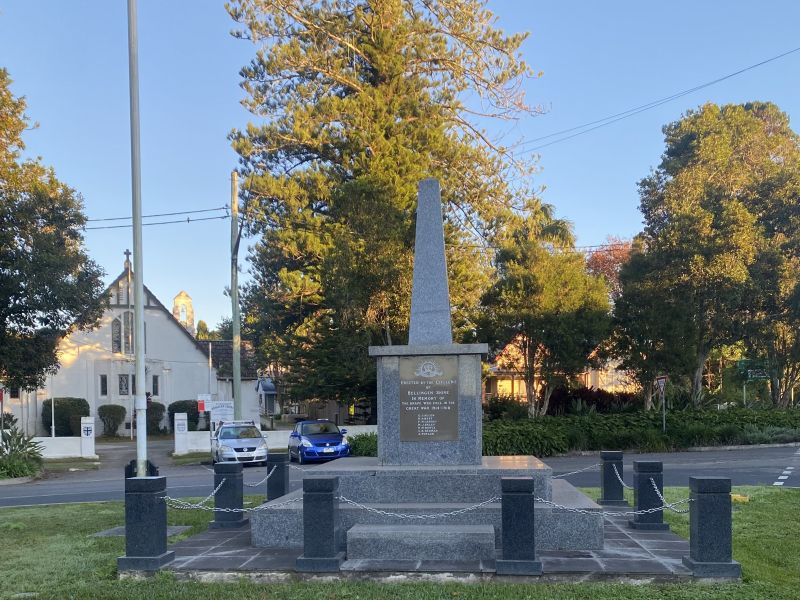NX47951 Lance Sergeant Athol Gervase Nagle, 2/30th Australian Infantry Battalion
Athol Nagle was born on 22 August 1909 at Cowra, New South Wales, the son of Richard and Winnifred Nagle.
Young Athol grew up in the old gold mining town of Carcoar, where he attended St. Mary’s School and Academy. He was regarded as a bright student, achieving his intermediate certificate and then his leaving certificate.
In 1926 and 1927, Nagle served in the Militia, parading part-time with the 53rd Battalion, known as the West Sydney Regiment.
He went on to train as a teacher before receiving his appointment as a trainee teacher at the village of Bostobrick in New South Wales, and in July 1932 was formally appointed the teacher at the school. It was here he met his future wife, Isabel May Johnson, who was a teacher from Grafton. Athol married Isabel May Johnson (known affectionately as “Maisie”) on 17 December 1935.
The couple went on to have two daughters, Isabelle and Leonie, and lived in Bellingen, where Athol taught at Hydes Creek Public School.
Athol Nagle enlisted in the Second Australian Imperial Force on 6 September 1940.
Joining a training battalion in Tamworth, he was initial allotted to the supply column of the Australian Army Services Corps. In November, however, he transferred to the newly established 2/30th Battalion, which had been raised at Tamworth, New South Wales, with men drawn from Dubbo, Goulburn, North Sydney, Randwick, Wallgrove, and Wagga Wagga. The first commander of the battalion, Lieutenant Colonel F.G. “Black Jack” Galleghan, trained the men hard, and they became known as “Galleghan's greyhounds”.
Part of the 8th Division’s 27th Brigade, the 2/30th was the last AIF infantry brigade raised for service during the Second World War. At the end of July 1941, Nagle and his comrades sailed to Singapore on board the Dutch ship Johan Van Oldenbarnevelt, as part of the convoy carrying the 27th Brigade. The battalion then went to Malaya and soon put what it had learnt into practice.
Nagle’s leadership qualities became apparent, and in December he was appointed acting corporal and then acting lance sergeant. Athol was also a prodigious letter writer. His letters to his wife and sister-in-law gave detailed accounts of his experiences and thoughts.
Just before midnight on 7 December, Japanese forces landed at Singora and Patani in Thailand, and Kota Bahru in northern Malaya. They fought against British and Indian troops, until B Company of the 2nd/30th – of which Nagle was part – ambushed the Japanese at Gemencheh Bridge, shortly before 4 pm on 14 January 1942. The rest of the battalion, located to the rear of this position (in front of Gemas, on the Gemas-Tampin road), engaged the Japanese the next day. It was a brilliant ambush and the first AIF attack against the Japanese. The 2/30th suffered 20 killed or missing believed dead and 58 wounded. The Japanese casualties were thought to be about 1,000. The battalion had fulfilled its task of acting “as a shock-absorber” and “inflict[ing] as many casualties as possible”, before falling back.
But even with this success there were losses. Nagle was killed in action during the ambush, lost during the first encounter between Australian and Japanese forces. He was 32 years old
With no known grave, today Athol Nagle is commemorated at the Singapore Memorial, which bears the names of over 24,000 casualties of the Commonwealth land and air forces who have no known grave.
KIA 14 January 1942
 Australian War Memorial
Australian War Memorial